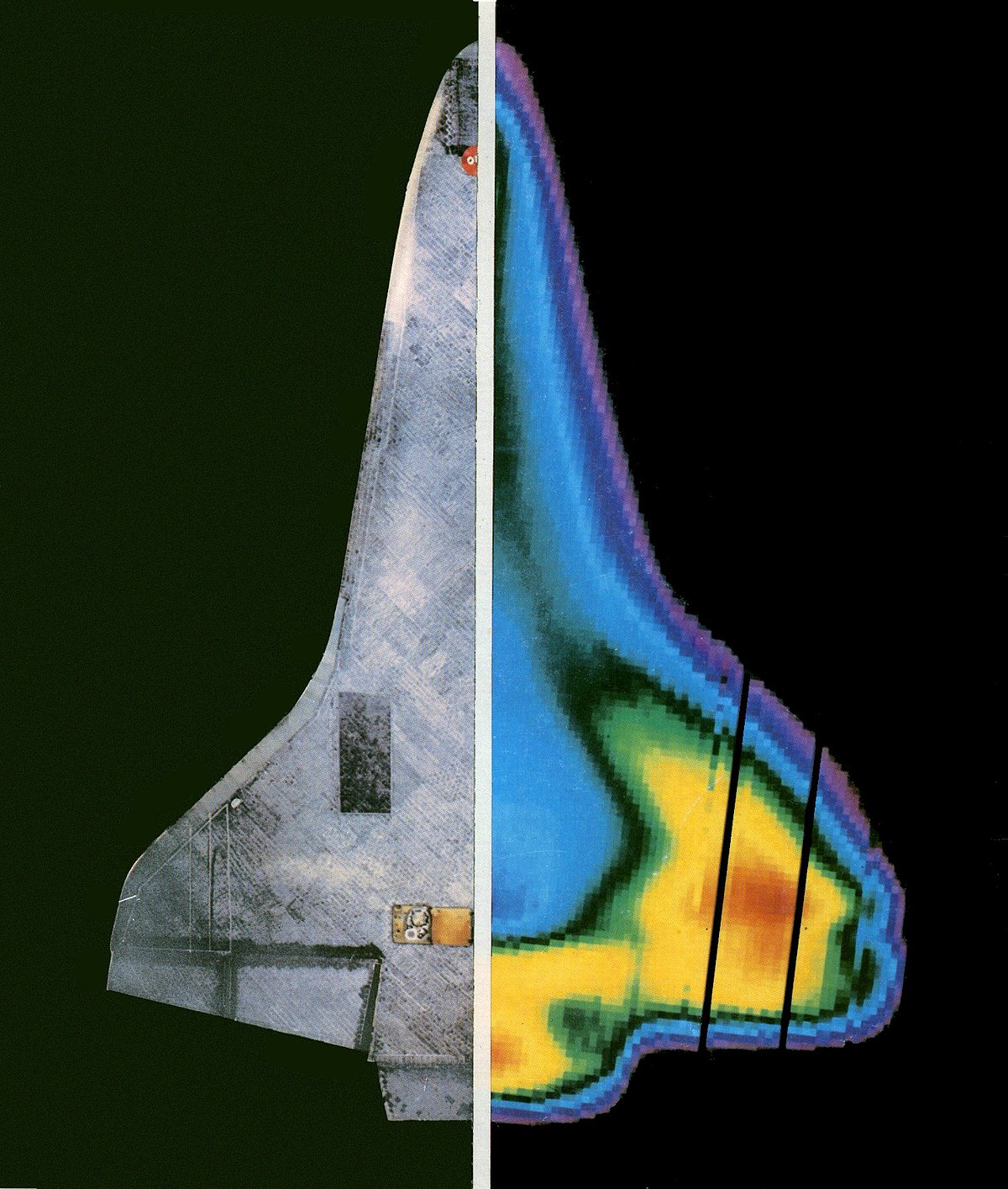While there are a variety of advantages to catching the big one that justifies this, with the others mostly being side benefits, is the mass reduction. The Falcon 9's landing legs are actually pretty heavy as landings are hard and they need to be strong enough to handle that, we recently saw how close that threshold is with the failed landing due to one of the legs collapsing. Superheavy is, as the name implies, far heavier then the Falcon 9's first stage and thus would require even beefier legs to handle landing*.Honest question, this seems like a good a place as any to ask: What's the point of catching the booster? It's impressive but what does it give compared to just landing on a pad? It can't be for faster refresh time, right?
*Yes they could probably land softer due Superheavy's ability to hover whereas Falcon 9's booster has >1 TWR when empty even on one engine. However just look at the issues the earlier 10km hop tests had with the (admittedly temporary) legs giving way.
By using the catching tower SpaceX can shift pretty much all the catching/landing hardware onto the tower with the only part of Superheavy necessary being the pins it lands on which are already required for lifting and thus add no unnecessary mass to the booster. This cuts down on Superheavy's dry mass which in turn improves the system's total payload capacity.
